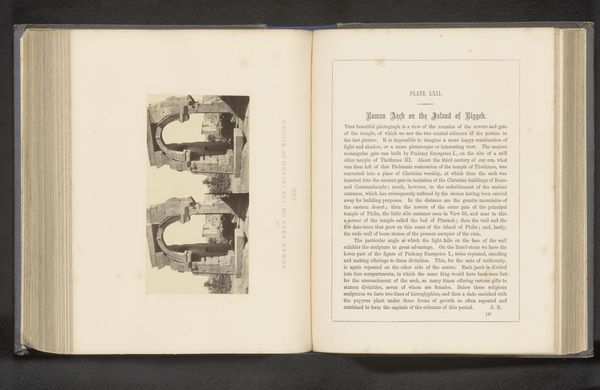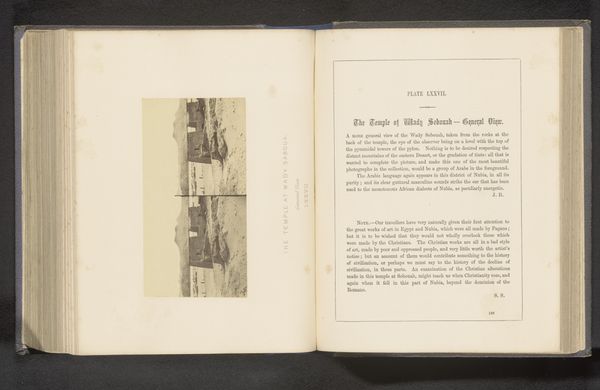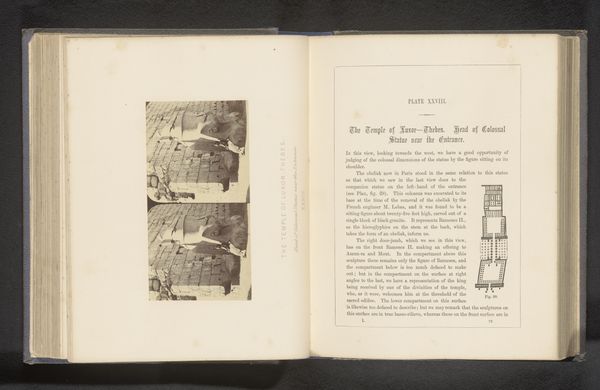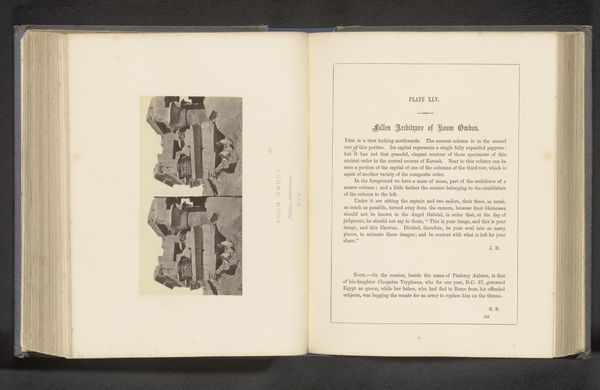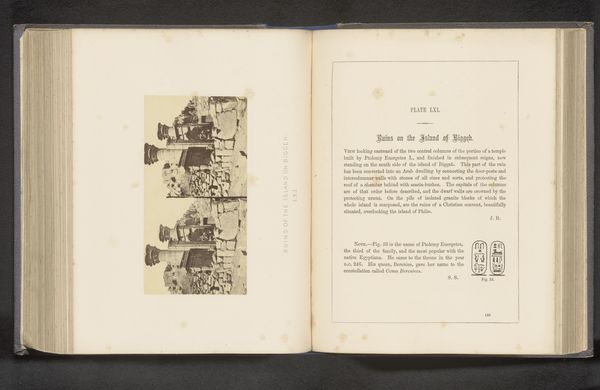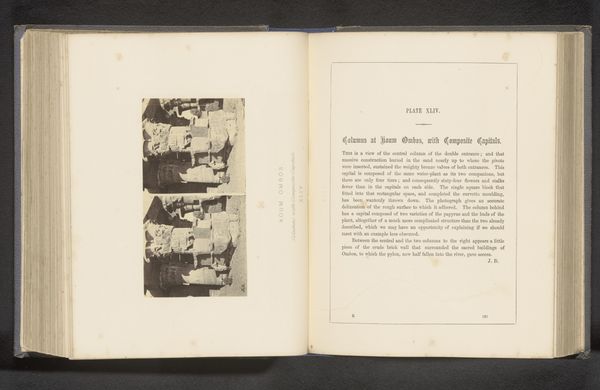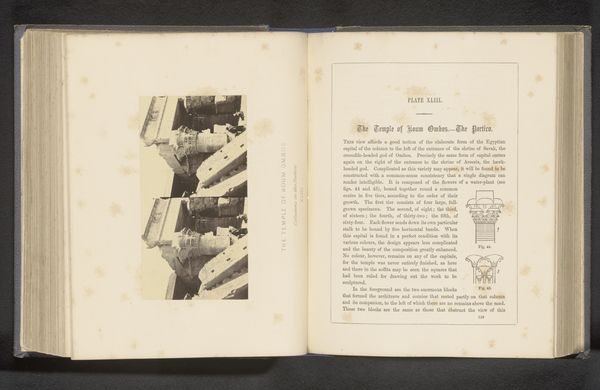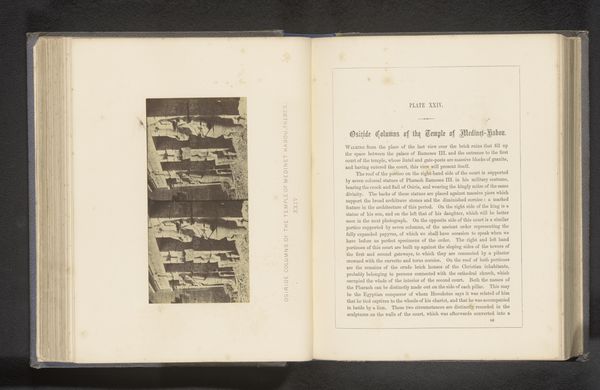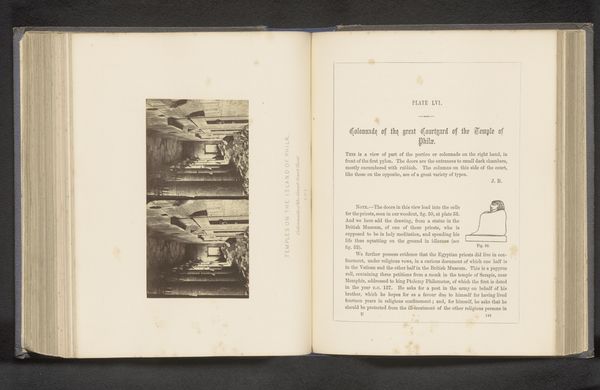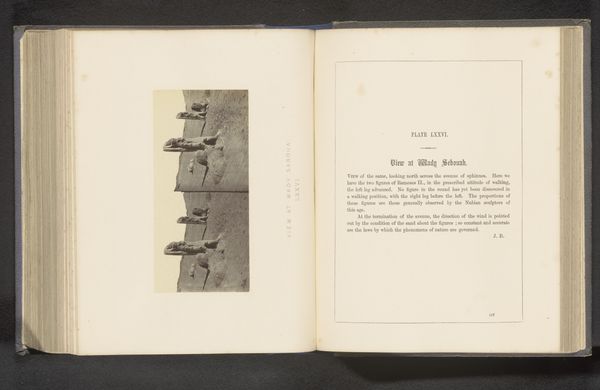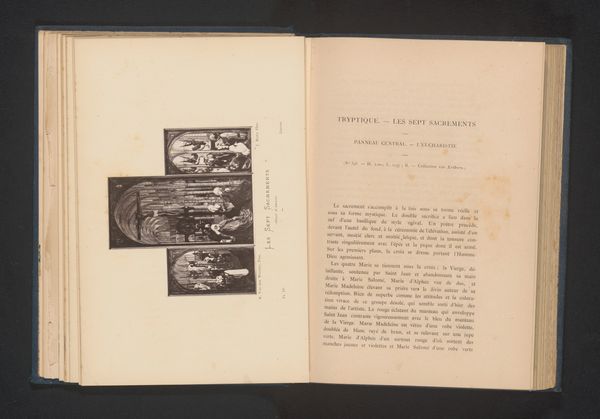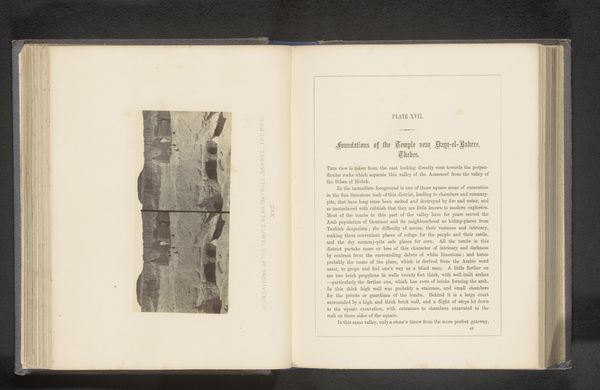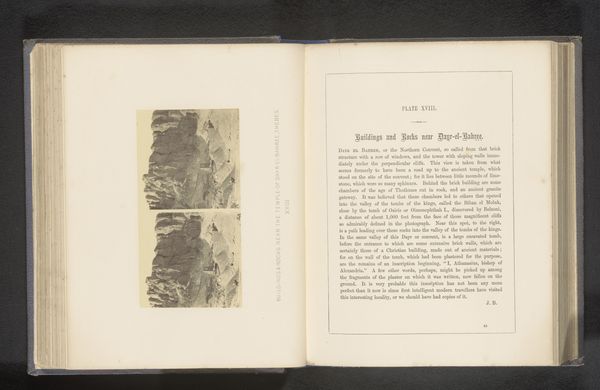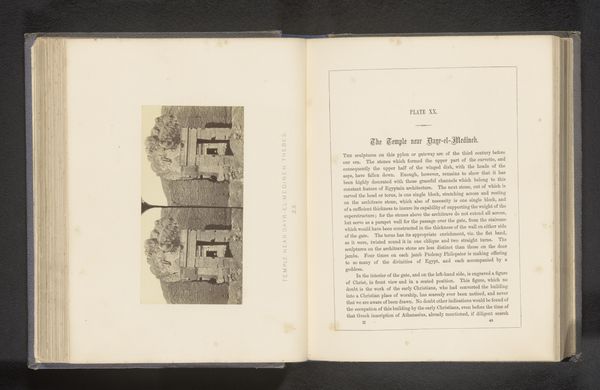
Sculptuur van de koningin bij de entree van de kleine tempel te Aboe Simbel before 1862
0:00
0:00
print, photography, sculpture, albumen-print
# print
#
landscape
#
ancient-egyptian-art
#
photography
#
ancient-mediterranean
#
sculpture
#
albumen-print
Dimensions: height 75 mm, width 143 mm
Copyright: Rijks Museum: Open Domain
Curator: This photograph, captured by Francis Frith before 1862, showcases a sculpture of the queen at the entrance of the small temple in Abu Simbel. It’s currently held at the Rijksmuseum. Editor: My immediate impression is of colossal scale rendered intimately. The tight cropping emphasizes the monumentality while the stark monochrome palette creates a solemn, almost dreamlike mood. Curator: The albumen print medium is key here; it's an early photographic process. Examining Frith's logistical challenges in Egypt reveals much. Transporting equipment, preparing chemicals in the climate—it’s a window into the Victorian obsession with documenting and possessing other cultures. The labor involved is as much a part of the story as the final image. Editor: I see that labor echoed formally. The stark contrast throws the queen's features into high relief. Observe how Frith plays with light and shadow, sculpting form from stone as the Egyptian artisans did millennia ago. It is almost a conversation with form and material across vast temporal gulfs. Curator: Exactly! And think about the social context. These images were consumed by a European audience eager for exotic landscapes and ancient wonders. This photograph served as a form of cultural capital, reinforcing European dominance through visual appropriation. We must consider the power dynamics at play in its creation and distribution. Editor: The composition, the way Frith has framed this ancient work, lends itself to our contemplation. He presents the static and eternal, which echoes ancient themes, yet he captures that antiquity within the rigid, sharp lines unique to emerging photography. Curator: So, by considering both its material existence and its social life, we see this photograph as more than just a record. It's a complex artifact embedded in specific historical circumstances. Editor: Agreed. By attending to the forms of both the depicted sculpture and the albumen print we are prompted to understand both the continuities and discontinuities of history itself.
Comments
No comments
Be the first to comment and join the conversation on the ultimate creative platform.
